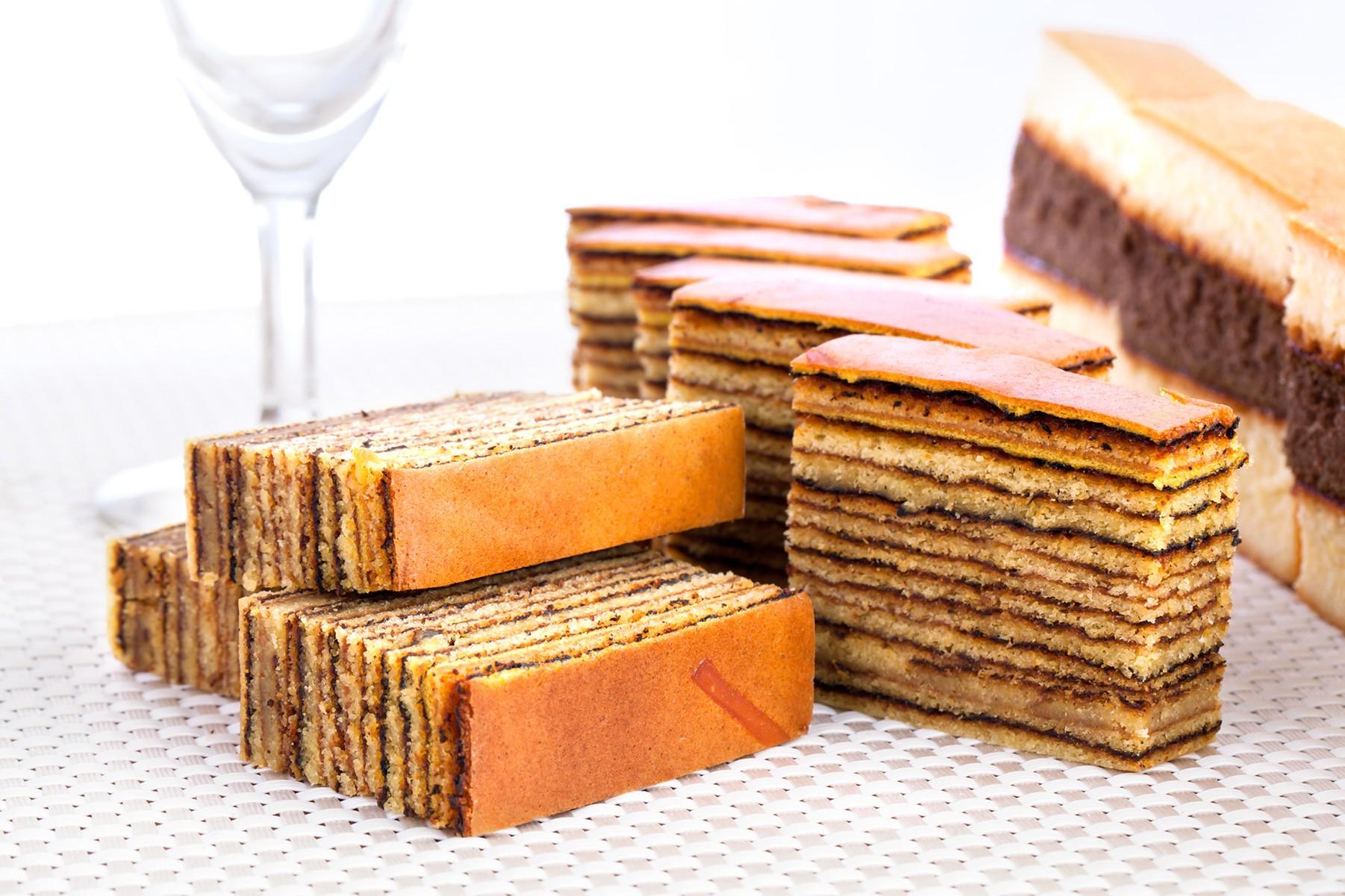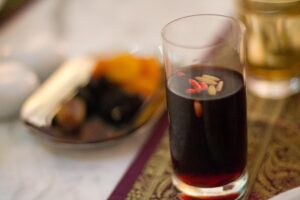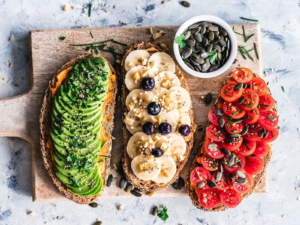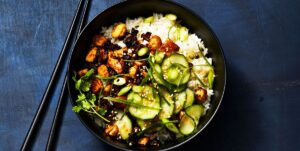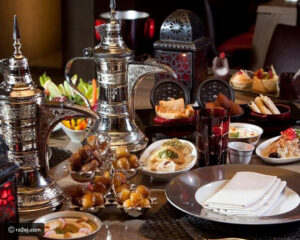Ramadan is the holiest month in the Islamic calendar and is observed by Muslims around the world. It is a time for fasting, prayer, and self-reflection. One of the ways that Ramadan unites all Muslims is through the shared experience of fasting from sunrise to sunset. Ramadan is a time for increased religious devotion, with many Muslims reading the entire Quran during the month. This shared focus on spiritual practice helps to create a sense of unity among Muslims around the world. The Eid al-Fitr feast occurs at the end of this month and is a time for rejoicing. Ramadan is a time when food is very important. Each day of fasting begins with a meal called suhoor before daybreak and ends with a supper called iftar or futoor after sunset. Muslims come from a variety of backgrounds, and they enjoy a wide range of cuisines, however, some meals are regarded as traditional by specific societies. There are many delicious Ramadan meals to choose from, such as pistachio-stuffed pastries and rice puddings, as well as fresh salads, healthy soups, robust kebabs, and spicy samosas.
This article is an excellent place to start if you’re curious about some of the famous foods that are usually made during Ramadan in different parts of the world.
Aseeda: (Yemen)
A variation of this easy side dish is consumed all around the Arab world throughout Ramadan and other occasions like Mawlid. This tender dough made from wheat flour is particularly popular in Yemen. Often, it is eaten with the hands and served with flavorful chicken broth.
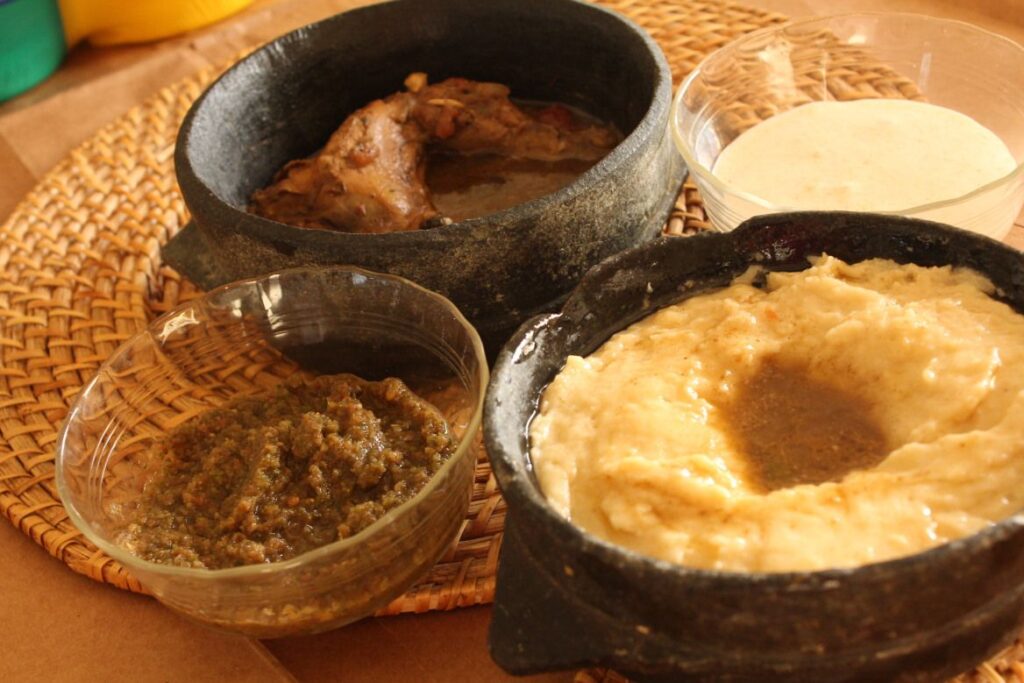
Fattoush: (Lebanon)
Fresh veggies and pita bread remnants abound in this Middle Eastern salad. Pomegranate vinaigrette is one of the many variations in the recipe that you may find.
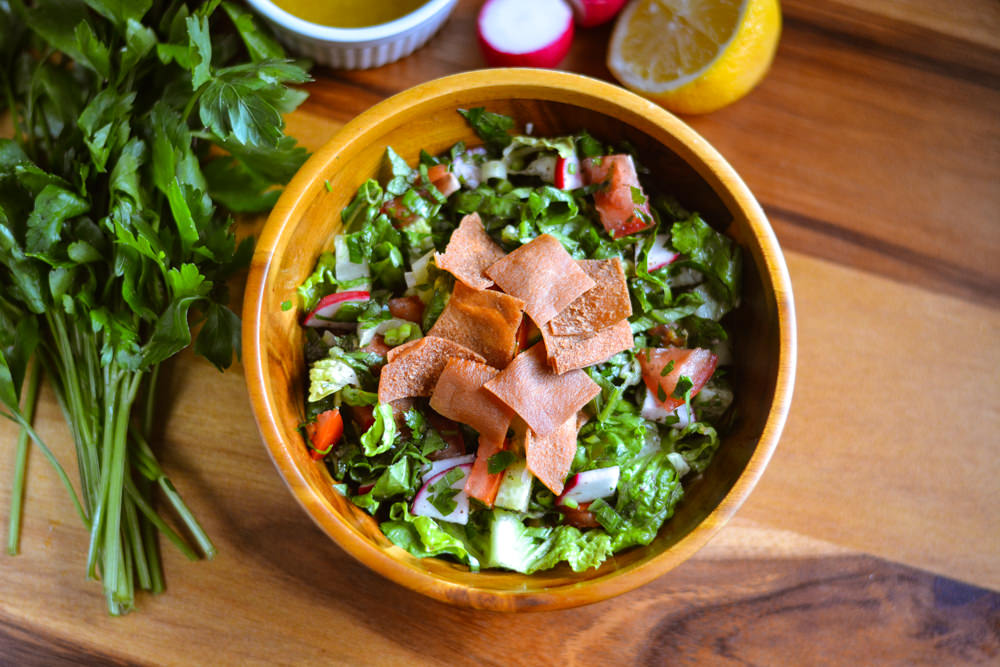
Ramazan pidesi: (Turkey)
The pidesi is usually served with a lavish spread of Turkish coffee, cheese, labneh, and jam. The fluffy bread can also be paired with çlbr (Turkish eggs) for a heartier Iftar feast.

Qatayef: (Egypt)
For all people in North Africa and the Middle East, not just Egyptians, these sweets, which are often consumed only during Ramadan, are a symbol of holiday cheer. The main ingredient of qatayef is a single-sided pancake prepared from wheat, semolina, and yeast.

Chorba frik: (Algeria)
The warming stew chorba frik, a speciality of the Maghreb (Algeria, Libya, Mauritania, Morocco, and Tunisia), is served during the winter and is a core part of the Ramadan feasts. Browned lamb gives the dish a mouthwatering flavour while tomatoes, chickpeas, various vegetables, and spices like cinnamon, paprika, turmeric, and coriander melt into a rich, thick, and spicy sauce.
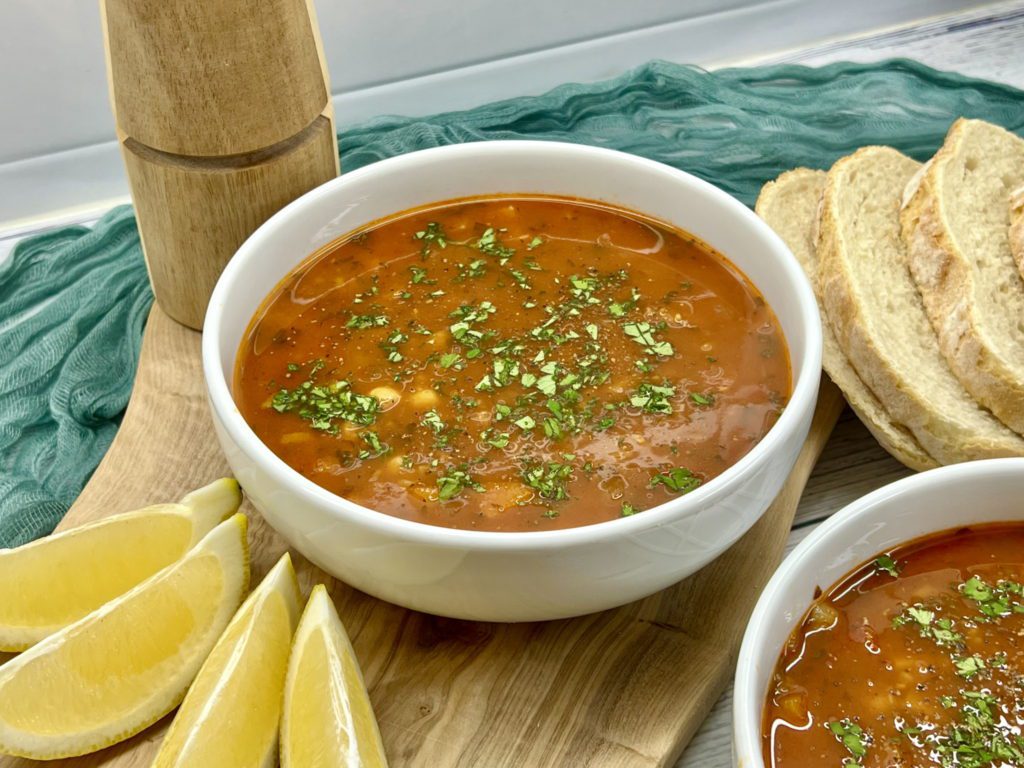
Ful: (Egypt)
Fava beans are used to make this hummus-like delicacy, also known as ful medames. It’s a traditional meal that’s enjoyed across the Arabic-speaking world. It is frequently eaten with pita bread for breakfast and is cooked with tomato and olive oil while being seasoned with garlic.

Harira: (Morocco)
Many varieties of soups, such as sharbat adas (red lentil soup) on Egyptian or Lebanese tables and harira in Moroccan homes, are common starters for the iftar meal. During a day of fasting, harira, a substantial comfort food made with chickpeas, lemon, and lots of seasonings, aids in rehydrating and nourishing the body. For a grain side dish, serve it with couscous.
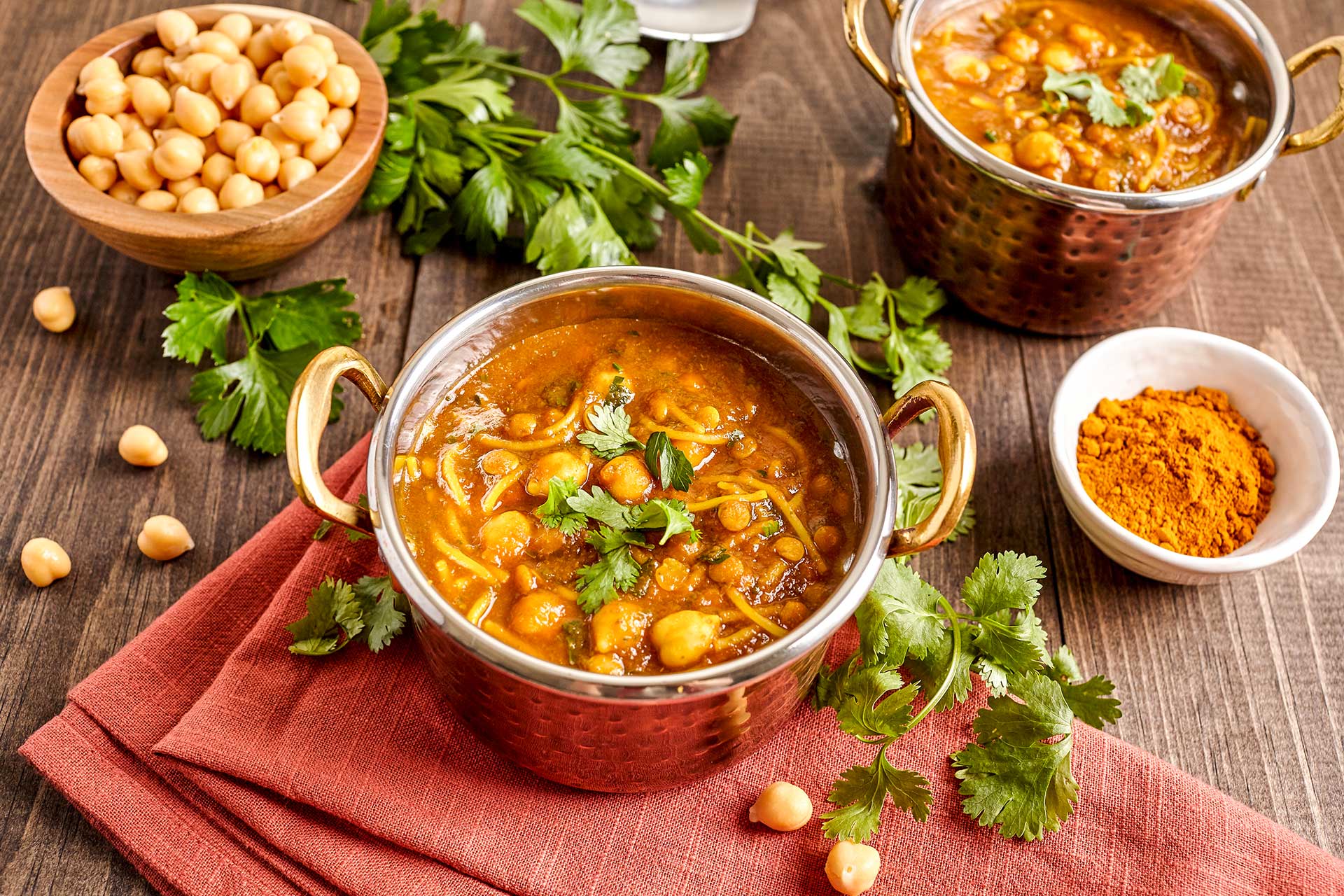
Knafeh: (Palestine)
With its fragrant scent and deliciously sweet flavour, knafeh has been captivating people for generations. The dish starts with mozzarella as its base, which is then covered in shredded phyllo and baked in the oven until melted and golden. The knafeh is finished with a dusting of crushed pistachios before a sweet floral syrup flavored with rose and orange blossoms is poured on top.
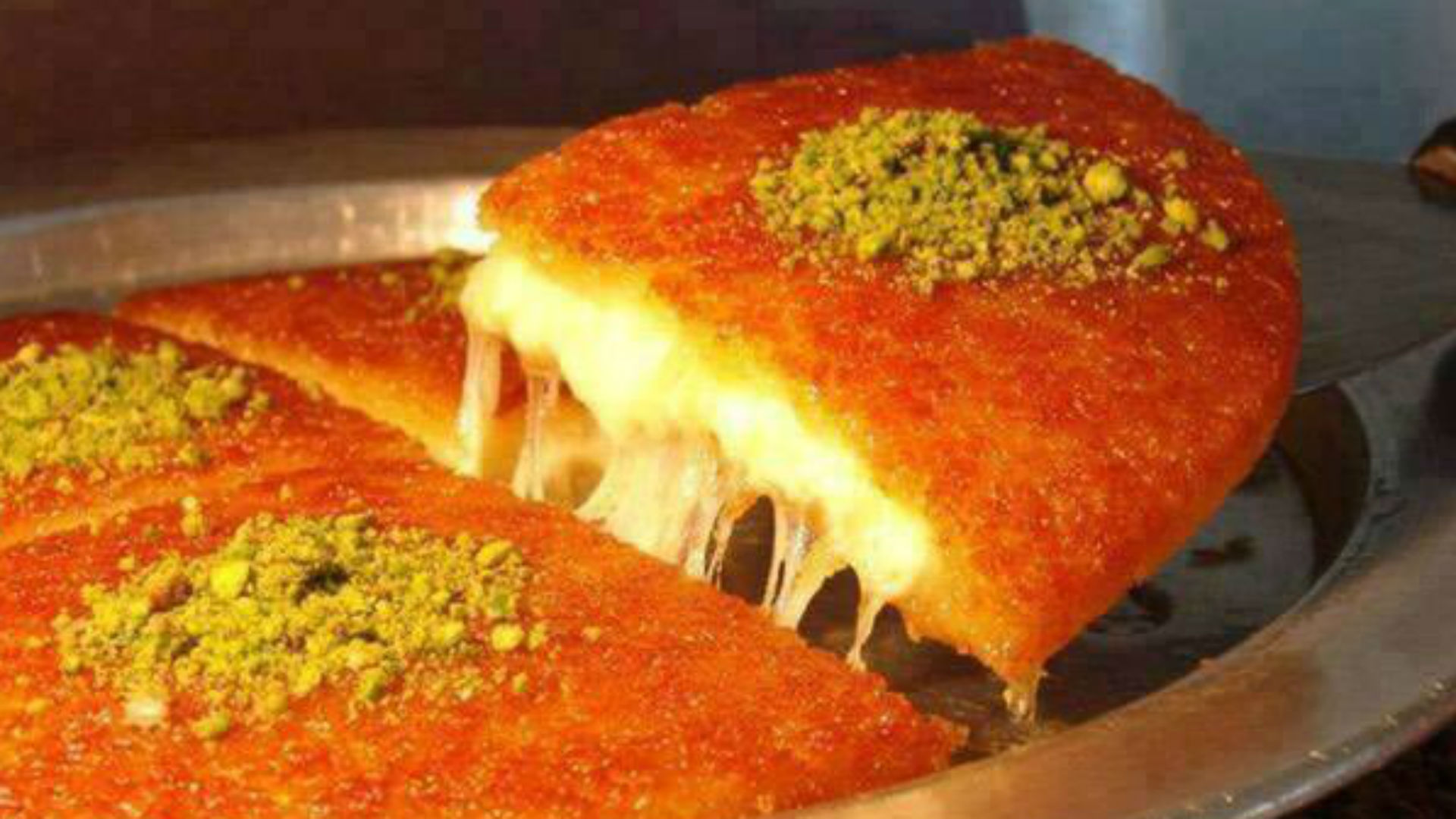
Fruit Chaat: (South Asia)
Many iftar dinners must include fresh fruits and vegetables because they are a healthy and energizing way to break the fast. This tart fruit salad is a Ramadan custom for plenty of South Asian households, and it is popular in Bangladesh, Pakistan, and India. Bananas, apples, and starfruit are just a few of the various fruits that can be included depending on the locale.
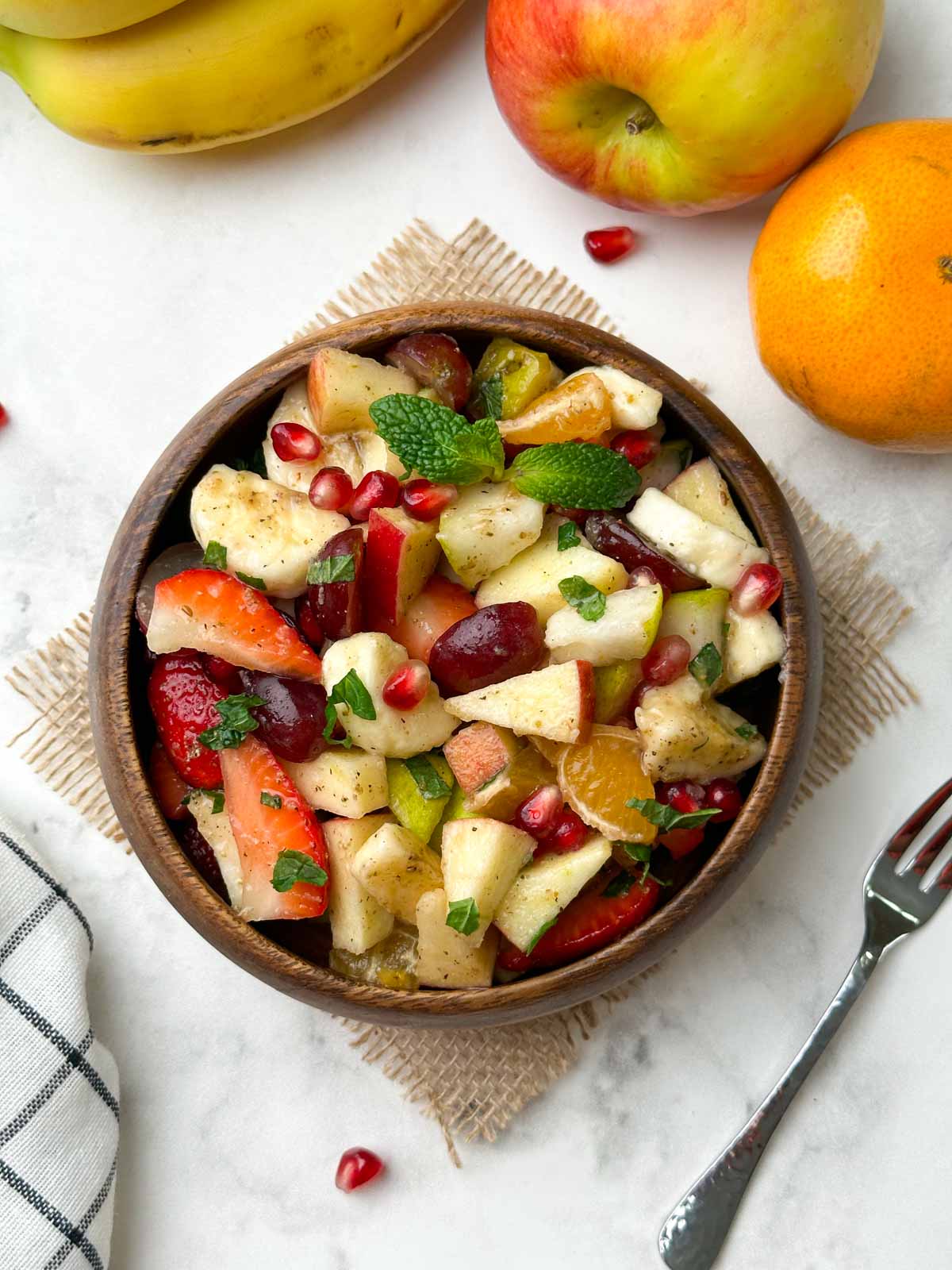
Haleem: (Pakistan)
Haleem is prepared by slow-cooking meat with grains like wheat or barley, lentils, nuts, and spices until it is smooth and unctuous. For taste enhancement, they frequently add julienned ginger, caramelized crispy onions, and fresh cilantro. Although the dish originated in Iran, the Nizams of Hyderabad are credited with spreading it throughout India. Later, after India was divided and many Muslims immigrated to the newly formed Pakistan, haleem was transformed into a holiday special.
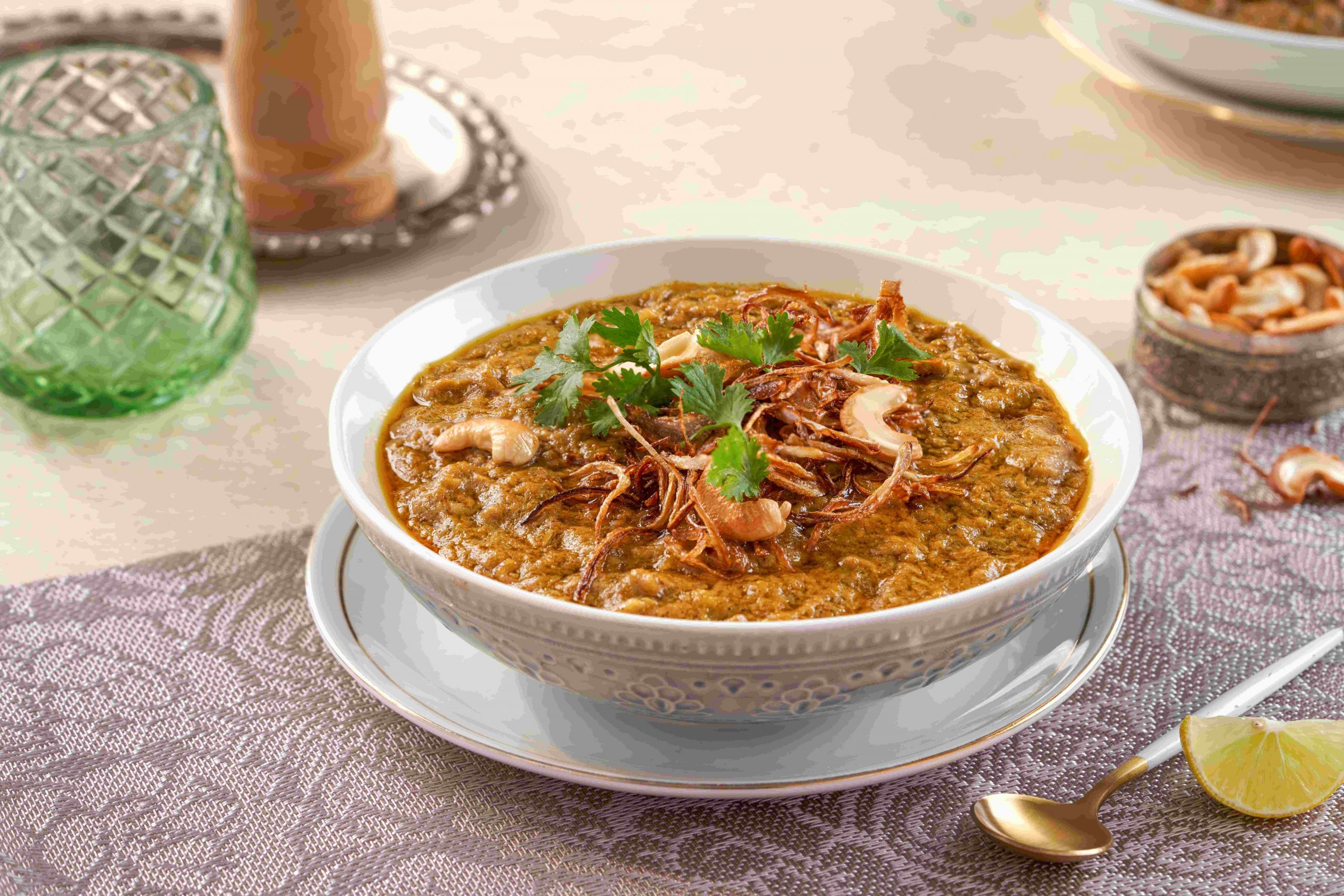
Kabsa: (Saudia Arabia)
The national meal of Saudi Arabia is created with rice, lamb, or chicken, and a baharat spice blend. It is well-liked all over the Arabian Peninsula. The beef can be boiled or roasted, and regional versions may include items like carrots, peppers, tomatoes, onions, and garlic. Ramadan and other significant holidays are when people most frequently consume kabsa.
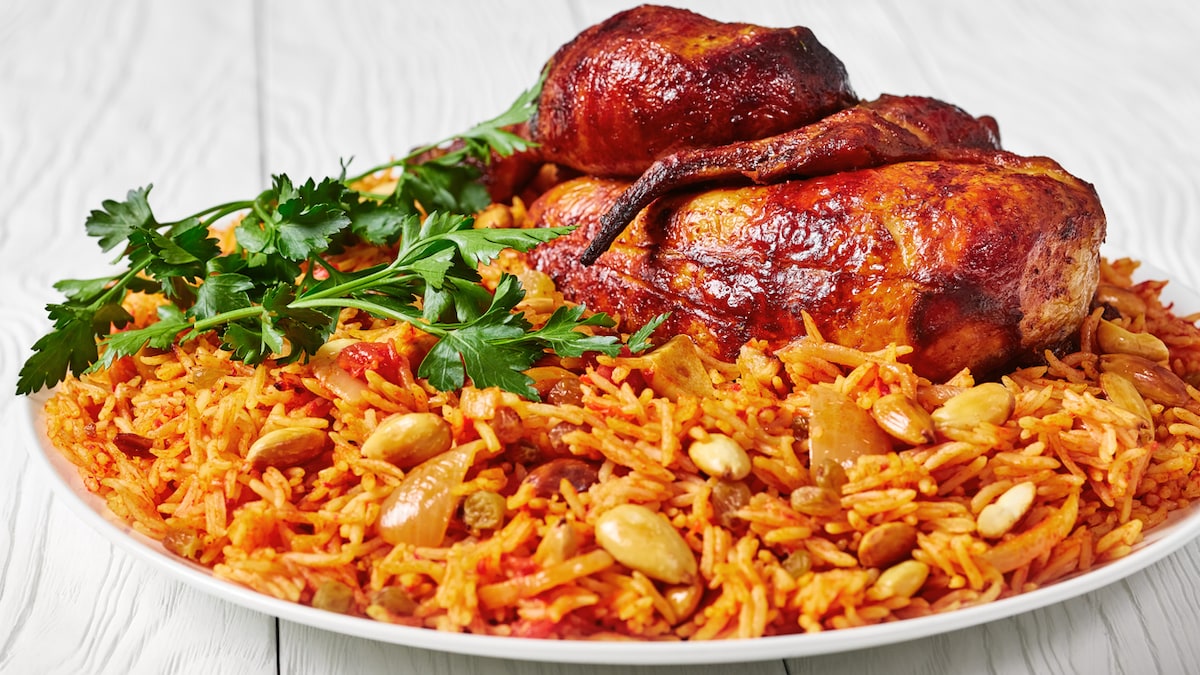
Kuih lapis: (Indonesia)
Kue lapis, an impressively tiered steamed cake from Indonesia, is arguably the most colorful treat to be served during Ramadan. Because of locally available ingredients such as glutinous rice and tapioca, the texture is soft and bouncy, and coconut milk adds creaminess and cane sugar sweetness.
